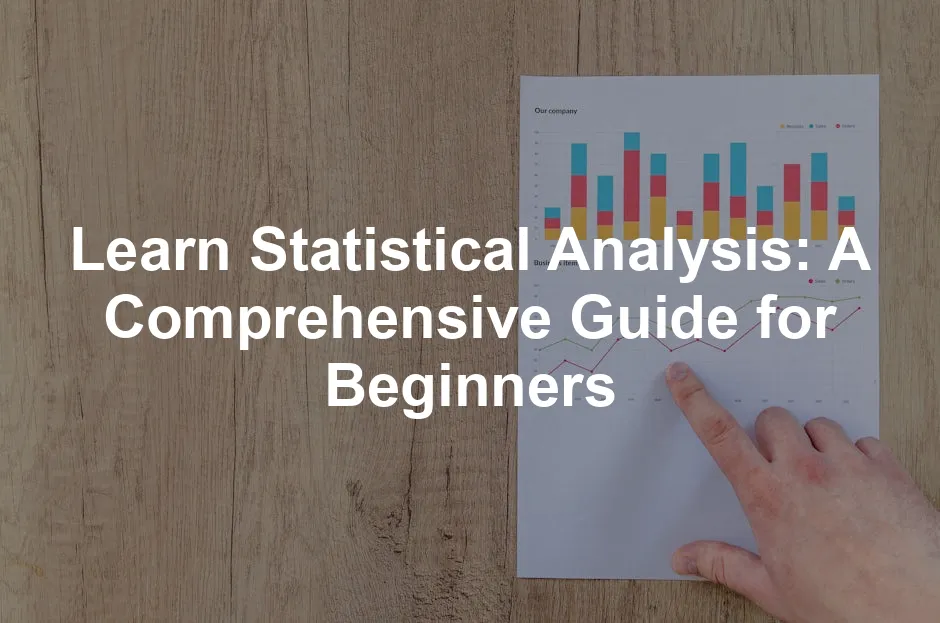Introduction
Statistical analysis is vital across many fields. It helps organizations make sense of data and drive decisions. As industries increasingly rely on data-driven insights, understanding statistics has become essential. This article aims to provide a clear roadmap for beginners looking to learn statistical analysis effectively.
Summary and Overview
Statistical analysis involves collecting and interpreting data to uncover patterns. It is crucial for understanding trends and making informed decisions. There are various types of statistical analysis:
- Descriptive Analysis summarizes data characteristics.
- Inferential Analysis makes predictions about a population based on a sample.
- Predictive Analysis forecasts future events using historical data.
- Prescriptive Analysis suggests actions based on data insights.
- Exploratory Analysis investigates data to find relationships.
- Causal Analysis identifies cause-and-effect relationships.
The importance of statistical analysis spans many fields, including business, healthcare, and social sciences. Acquiring these skills opens new career opportunities and enhances decision-making abilities in any profession. To get started, a great read is The Art of Statistics by David Spiegelhalter, which offers a fantastic introduction to the essential concepts.

Understanding Statistical Analysis
What is Statistical Analysis?
Statistical analysis is the process of collecting, analyzing, and interpreting data. It helps transform raw data into meaningful insights. For instance, consider a company analyzing customer feedback. By employing statistical methods, they can identify trends in satisfaction levels.
Today, we generate vast amounts of data. In 2020, the world produced over 64 zettabytes of data. This figure is expected to reach 180 zettabytes by 2025. With so much information available, statistical analysis becomes crucial for making sense of it all. Whether in business, healthcare, or research, understanding statistical analysis can significantly enhance decision-making and strategy formulation. Reflect on how often you encounter data in your daily life. A solid foundation can be built with Naked Statistics by Charles Wheelan, which makes learning statistics engaging and fun.
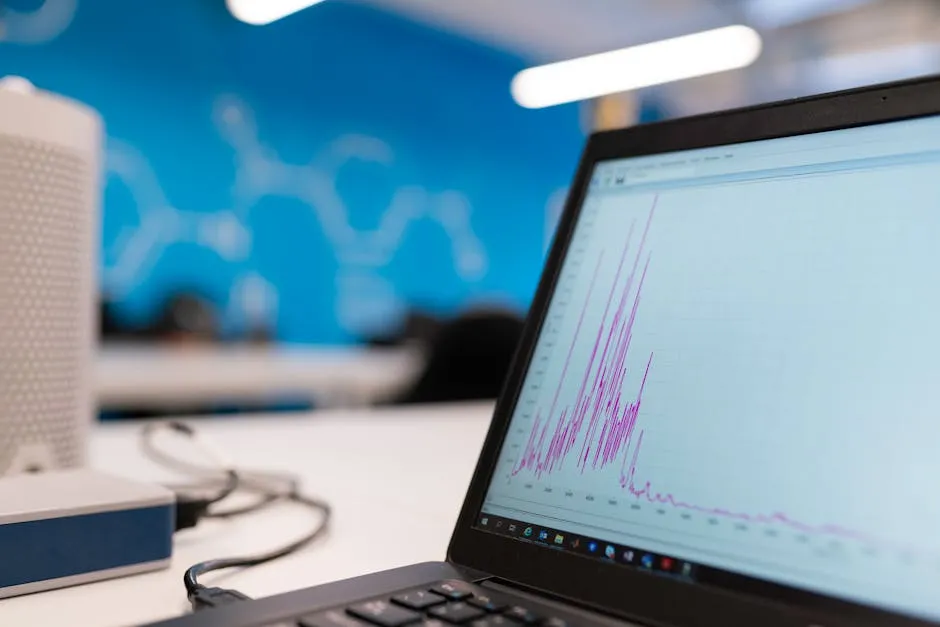
Types of Statistical Analysis
Descriptive Analysis
Descriptive analysis is about summarizing data. Its main purpose is to present key characteristics clearly. Common techniques include calculating the mean, median, and mode. The mean gives the average value, while the median indicates the middle value. The mode shows the most frequent value.
For example, businesses often use these statistics in reports. A retail store might summarize monthly sales data. They will report the average sales per day, the median daily sales, and the most common sales figure. This helps in understanding overall performance and trends. To dive deeper into practical applications of statistics, consider Statistics for Data Science by James D. Miller.
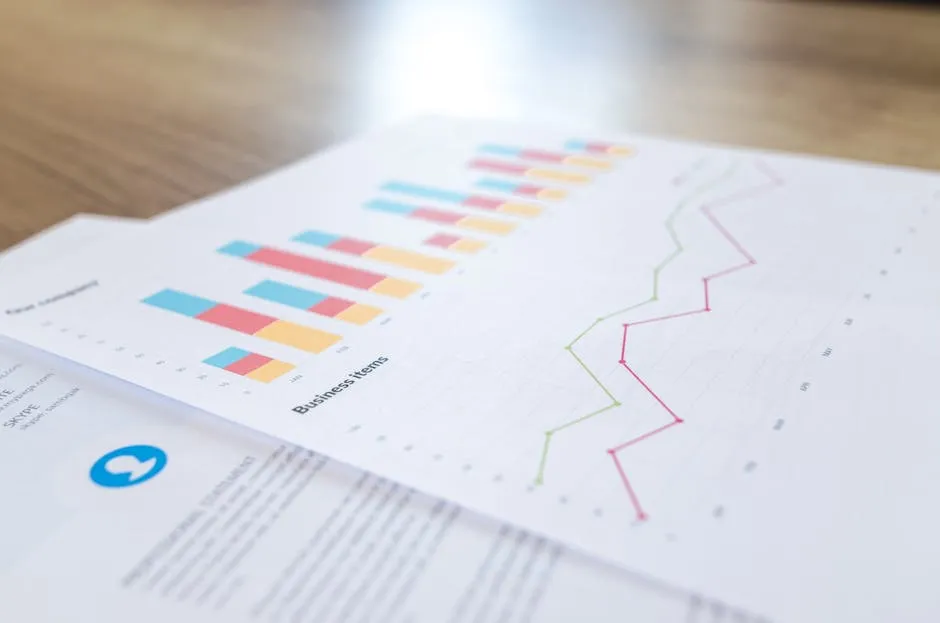
Inferential Analysis
Inferential analysis focuses on making predictions based on a sample of data. It allows us to draw conclusions about a larger population. Hypothesis testing is a key component of this analysis. It helps determine if observed patterns are statistically significant.
Confidence intervals are also essential. They provide a range within which we expect a population parameter to fall. For instance, researchers might analyze a sample of voters to predict election outcomes. They use inferential statistics to estimate voter preferences for the entire population, enhancing decision-making in campaigns. To grasp these concepts thoroughly, “Statistical Methods for the Social Sciences” is a must-read. You can find it here.

Understanding the differences in inferential statistics vs descriptive statistics in data interpretation can help improve your analytical skills.
Predictive Analysis
Predictive analysis uses historical data to forecast future trends. It identifies patterns and relationships in data, enabling informed decisions. Businesses often rely on this analysis to anticipate customer behavior. For example, retailers use sales data to predict inventory needs. In healthcare, predictive models help identify patients at risk of complications. By analyzing past patient outcomes, providers can tailor interventions effectively. This approach not only enhances operational efficiency but also improves patient care. Predictive analysis empowers organizations to stay ahead in a competitive landscape and respond proactively to changes. If you’re interested in mastering these techniques, check out Data Science for Business by Foster Provost and Tom Fawcett.
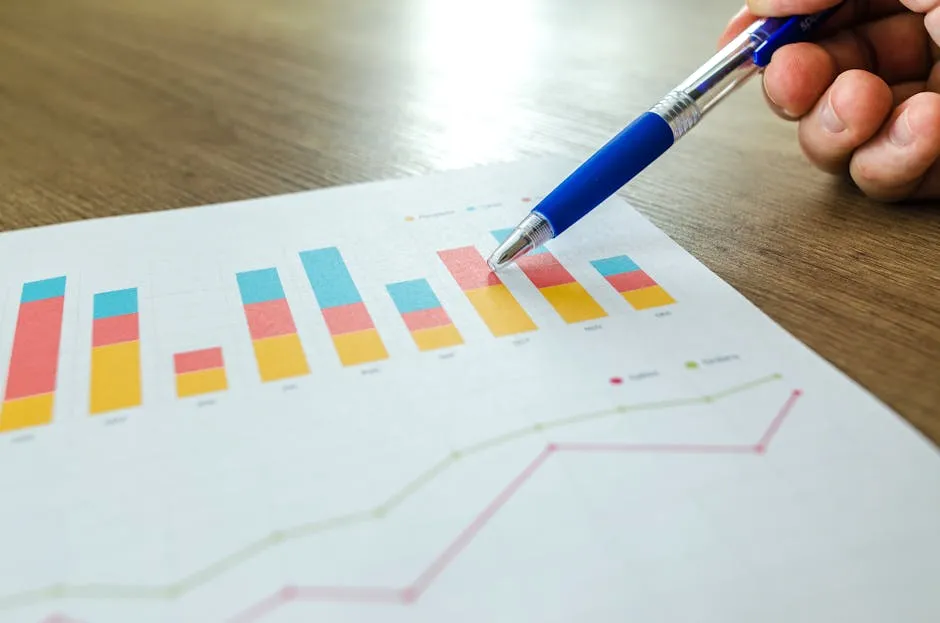
Prescriptive Analysis
Prescriptive analysis goes beyond prediction. It recommends actions based on data insights, guiding decision-making processes. This analysis evaluates various scenarios and suggests the best course of action. Organizations use tools like IBM Watson and SAS for prescriptive analytics. These tools analyze data, provide forecasts, and evaluate potential outcomes. For instance, airlines optimize flight schedules and pricing strategies using prescriptive analysis. By integrating multiple data sources, businesses can make strategic decisions that maximize efficiency and profitability, improving overall performance. If you’re curious about how to implement these techniques, consider reading The Data Warehouse Toolkit by Ralph Kimball.

Exploratory Data Analysis
Exploratory Data Analysis (EDA) is vital for understanding datasets. It helps identify patterns, spot anomalies, and formulate hypotheses. Techniques like visualization and correlation analysis are commonly used. For example, scatter plots reveal relationships between variables, while histograms show data distribution. EDA allows data analysts to gain insights before applying more complex statistical methods. In practice, a marketing team might analyze customer demographics to identify target audiences. This foundational understanding leads to more informed strategies and better outcomes in data-driven projects. If you’re looking for a practical introduction to visualization, consider Data Visualization: A Practical Introduction by Kieran Healy.

Causal Analysis
Causal analysis seeks to identify cause-and-effect relationships. It is crucial for understanding how changes in one variable affect another. Common methodologies include controlled experiments and observational studies. For example, in social sciences, researchers might examine how education impacts income levels. By controlling for variables like age and location, they can isolate the effect of education. Such analysis informs policies aimed at improving educational access. In economics, causal analysis helps assess the impact of fiscal policies on economic growth, guiding government strategies effectively. To learn more about these methods, check out How to Lie with Statistics by Darrell Huff.

The Statistical Analysis Process
Steps in Statistical Analysis
Conducting statistical analysis involves a few key steps. First, data collection is crucial. This means gathering relevant data from various sources. Next comes data preparation. This step involves cleaning and organizing the data for analysis. After that, you dive into the analysis itself. Here, you apply statistical methods to uncover patterns and trends. Finally, interpretation is essential. This is where you make sense of the results and draw conclusions. Each of these steps is vital. They ensure that your findings are accurate and reliable, paving the way for informed decision-making.

Statistical Analysis Tools and Software
Popular Tools for Statistical Analysis
Several tools are widely used for statistical analysis. Excel is a great starting point. It’s user-friendly and ideal for beginners. R is another powerful option. It’s designed for statistical computing and offers extensive packages. Python is also popular, especially for data manipulation and analysis. SPSS is favored in academic and professional settings for its ease of use. For beginners, I recommend starting with Excel. Once comfortable, consider exploring R or Python to enhance your analytical skills. If you’re looking for comprehensive resources, “R for Data Science” by Hadley Wickham is a fantastic choice, available here.
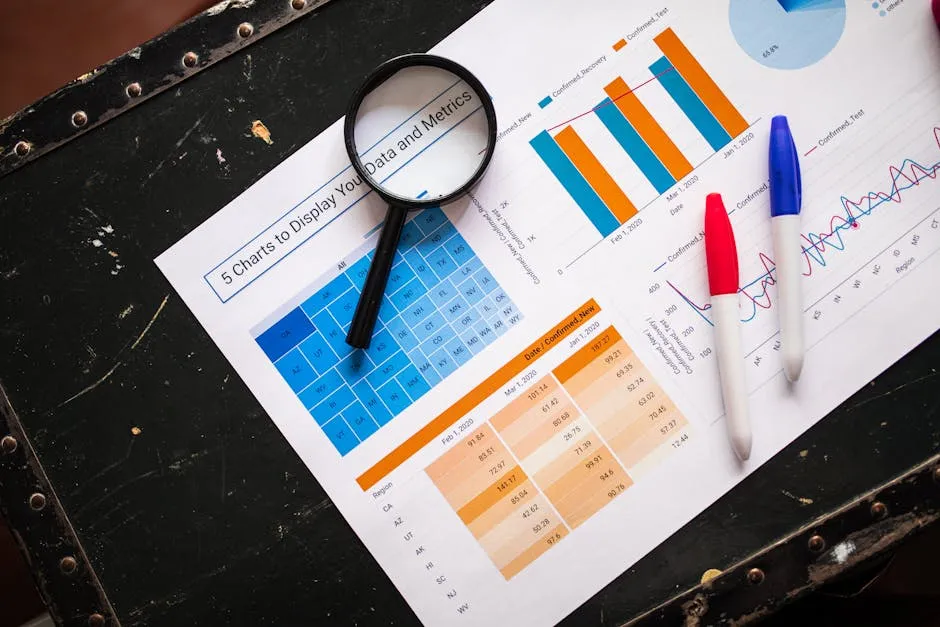
Learning Resources for Statistical Analysis
Online Courses and Certifications
Many reputable online platforms offer courses in statistical analysis. Coursera and edX feature a range of options from top universities. DataCamp focuses on hands-on learning, ideal for practical skills. These structured courses provide a clear path to learning. They often include projects that enhance understanding. While free courses exist, paid options usually offer more depth and certification. Investing in a paid course can significantly boost your credentials and career prospects in data analysis. For an in-depth exploration, consider “Introduction to Statistical Learning with Applications in R,” which is available here.

Books and Literature
Reading is a powerful tool for mastering statistical analysis. Several key books cater to various experience levels. For beginners, “The Art of Statistics” by David Spiegelhalter offers a clear introduction to key concepts. “Naked Statistics” by Charles Wheelan makes statistics fun and engaging. For those with more experience, “Statistics for Data Science” by James D. Miller dives deeper into practical applications. If you’re looking for something comprehensive, “The Complete Guide to Data Science” is an excellent resource available here.

Don’t underestimate the importance of literature in your learning journey. Books provide context, examples, and insights that online resources may lack. They enhance your understanding and retention of complex topics. So, grab a book, settle in, and enjoy the learning process!

Community and Networking
Engaging with communities can significantly enhance your statistical analysis skills. Online forums and social media groups offer valuable resources, support, and networking opportunities. Platforms like Reddit and LinkedIn have dedicated groups where you can ask questions and share experiences.
Networking is crucial for career growth. Connecting with professionals in the field can lead to mentorship opportunities and job referrals. Consider joining local meetups or online study groups to collaborate with others. Websites like Meetup.com are great resources for finding local events. Engaging with a community keeps you motivated and accountable in your learning journey. To further your knowledge, “The Data Science Handbook” is a fantastic read that covers various tools and techniques for data analysis, available here.

Conclusion
Learning statistical analysis is essential in today’s data-driven world. It empowers you to interpret data effectively and make informed decisions. Whether you’re a student or a professional, mastering these skills opens doors to various career opportunities. Take the first step in your learning journey today. Embrace the challenge, and you’ll reap the benefits in your personal and professional life. To cement your knowledge, consider “Practical Statistics for Data Scientists” by Peter Bruce and Andrew Bruce, which provides practical insights and techniques, available here.

FAQs
What is statistical analysis?
Statistical analysis is a method of collecting, reviewing, and interpreting data. It helps identify patterns and make informed decisions. Applications include market research, healthcare studies, and social science research.
How can I learn statistical analysis?
You can learn through online courses, books, and workshops. Websites like Coursera and edX offer structured learning paths. Additionally, self-study using books and online resources can be effective.
What are the common tools used in statistical analysis?
Popular tools include Excel, R, Python, and SPSS. Each tool has its strengths, depending on your analysis needs.
What career opportunities are available for statistical analysts?
Career paths include data analyst, market researcher, and biostatistician. Industries like finance, healthcare, and marketing value these skills highly.
Is statistical analysis difficult to learn?
The learning curve varies. With consistent practice and study, beginners can grasp the concepts. Start with foundational topics and gradually progress to advanced techniques.
Please let us know what you think about our content by leaving a comment down below!
Thank you for reading till here 🙂
All images from Pexels

